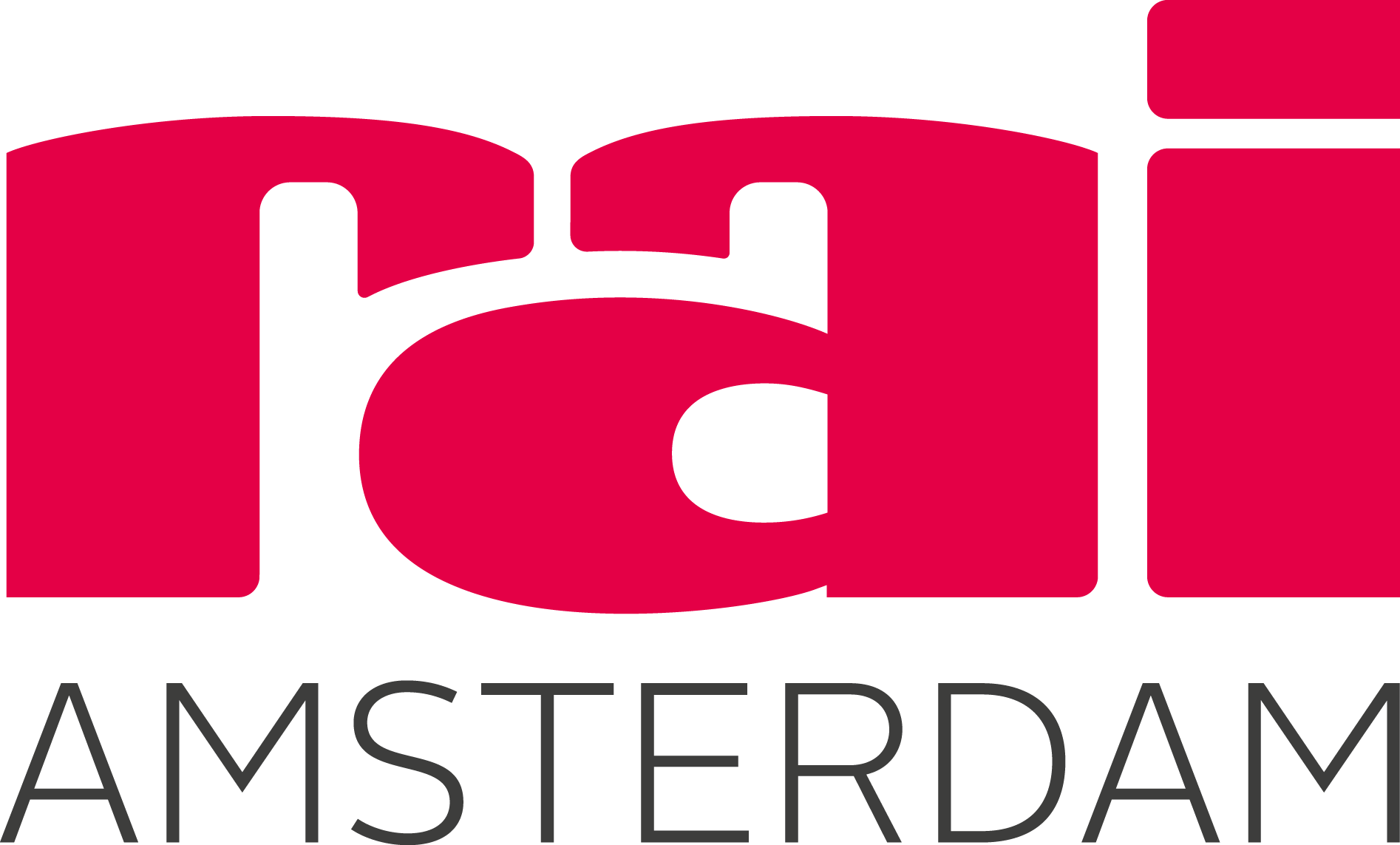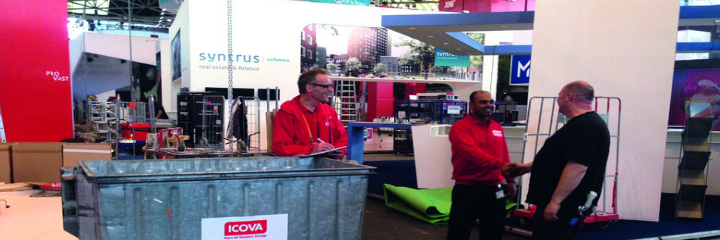Have you had ‘the talk’ with your exhibitors yet?
Every event produces waste, with stand construction and materials being an especially large contributor. Prevention is difficult, but thankfully it is possible to separate and recycle to a great extent so long as you have the cooperation of your exhibitors and other partners. We see that organisers often find it hard to have this conversation and yet it is the best first step towards a more sustainable event.
Waste costs money. It’s as simple as that. Like every other venue, RAI Amsterdam also charges for the waste produced based on a ‘polluter pays’ principle. In this respect, separated waste is much cheaper than unseparated waste as clean waste streams are a source for new material, contribute to circularity, and are therefore less harmful for the planet. For these reasons, we stimulate all parties with whom we work to separate waste as much as possible. Many organisers already do so – some 59% of waste is now separated at our location. The remaining 41% is sorted by our waste partner Renewi (previously ICOVA) later; of which 30% is reduced to the material level. The other 11% is used as a raw material for heating. While these percentages are high, there is always room for improvement.
Build-up and breakdown The build-up and breakdown of stands produces some 70% of an exhibition’s waste. Pallets, wooden scaffolding, stand walls, plastic, carpeting, furnishings – most is left behind after the event. Making proper agreements with exhibitors prior to the exhibition will allow you to work in a more sustainable and cost-efficient way.
- Prevent waste: discuss the option of reclaiming their materials with exhibitors, either for recycling or for reuse.
- Stimulate the use of containers, bags or sacks to collect waste separately. At RAI Amsterdam we always provide this option and can also supply (separated) waste containers during the event itself.
- Communicate your policy and explain that anyone who leaves waste behind will be charged for it. Differentiating the costs for separated and unseparated waste is also a good way of stimulating parties to start separating.
Why is it so difficult?
This all makes sense, and organisers who approach the issue this way prove that it works too. The RAI Green Organisers Manual (p18) provides various examples. So why is that things don’t go to plan in many cases? In my experience organisers are often uncomfortable addressing exhibitors on the subject. They are worried about harming the relationship and don’t want to ‘punish’ exhibitors or rely on them to make the right decisions themselves. But how can people do what’s right if you don’t let them know what’s expected of them? At the very least you should communicate the options and the related costs. Discuss how to organise this, how costs can be passed on to exhibitors and what to do when parties don’t fulfil their agreements with the venue in advance.
Know what’s at play
Sometimes it can be tricky to know who to address when you identify unwanted situations during build-up and breakdown… The stand crew or the stand builder? Do you know the agreements between those parties? You don’t want to get mixed up in these types of
discussions. Thankfully, they can be prevented by making clear agreements with all parties from day one. What does this mean for organisers? Apply the three Cs as described below.
- Communicate
Start on time: don’t wait until the final briefing one week before the build-up, but include the topic from the very beginning. Let exhibitors know that there is a policy for separating waste and inform them about the procedure and costs. Make sure you are very clear. Let them know how and when they can supply waste and help them by providing a clear set of instructions for standbuilders and other sub-contractors. Also remember to communicate the regulations to any of your own sub-contractors who are involved in issues such as stand construction, furnishings, platform building, signage or catering. - Check
Despite good communication, exhibitors or their suppliers may not be sufficiently familiar with the regulations or try to work around them to avoid costs. Make sure you check waste behaviour on the floor, especially during build-up and breakdown. RAI Amsterdam uses environmental inspectors for this purpose, who point out the options in a friendly way and provide containers, bags or sacks where necessary. This may lead to discussions so it is good to be involved as the organiser – have someone accompany the environmental inspector who can explain the event policy and the importance of working in a sustainable way. Clarity is the key factor. - Continuate
Once you’ve taken all these measures during an edition of your event, don’t expect things to automatically go smoothly next time round. People have to become aware of the regulations, and new people will be involved in the event every time. So, keep repeating, checking and passing on costs in accordance with the ‘polluter pays’ principle. This is in no sense a ‘punishment’; it is a tool that helps everyone limit and separate waste. Also continue to underline how you apply the regulations to the event in order to contribute to a more sustainable future. It also helps if you communicate the actual results, for instance by reporting the collection percentages and showing what happens to the collected materials.
Looking ahead
Collection and separation is great, but the RAI is already thinking ahead to the next level. Nowadays, recycling often means something becoming a material of a lower quality – from wood to chipboard, for instance. Together with our waste partner Renewi we are looking for way to ‘upcycle’ material; increasing the quality of the material so that it can be used as a new product by us or by our preferred suppliers. For example: textile converted into fibres for new textile, or paper/cardboard as the raw material for new high-quality stand walls. This demands an even more meticulous method of waste collection. All the more reason to continue to stimulate separating waste.
What you can do today
As an organiser, you should be well-prepared. Discuss the type of event you are organising and the waste streams you expect with the venue at an early stage and draw up a waste plan together. Clearly communicate what you expect of partners and exhibitors, and help them communicate this in turn to their sub-contractors. Our Green Organisers Manual provides many tips for organising sustainable events. The top ten for reducing waste costs is listed on page 19. I wish you a sustainable event!

